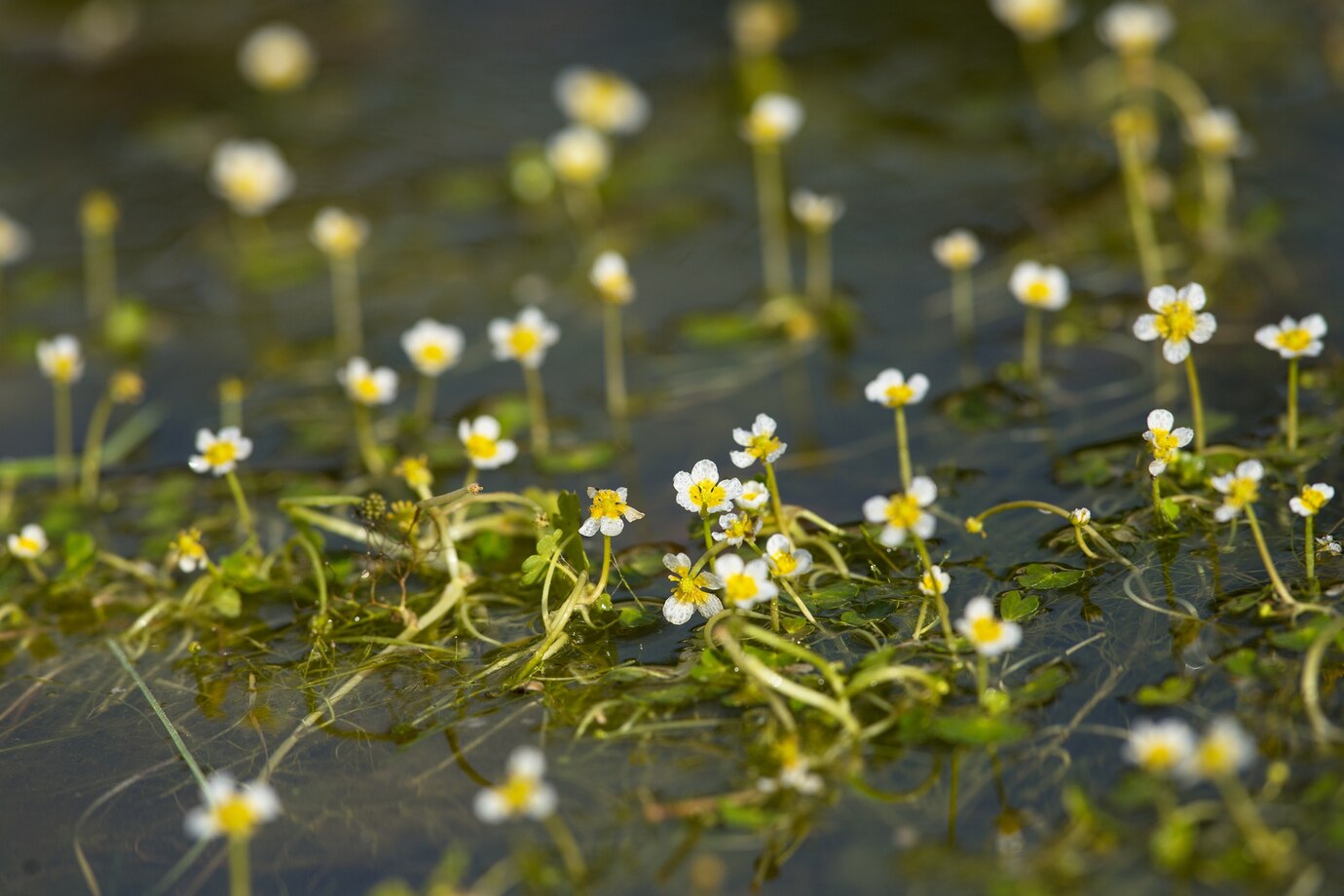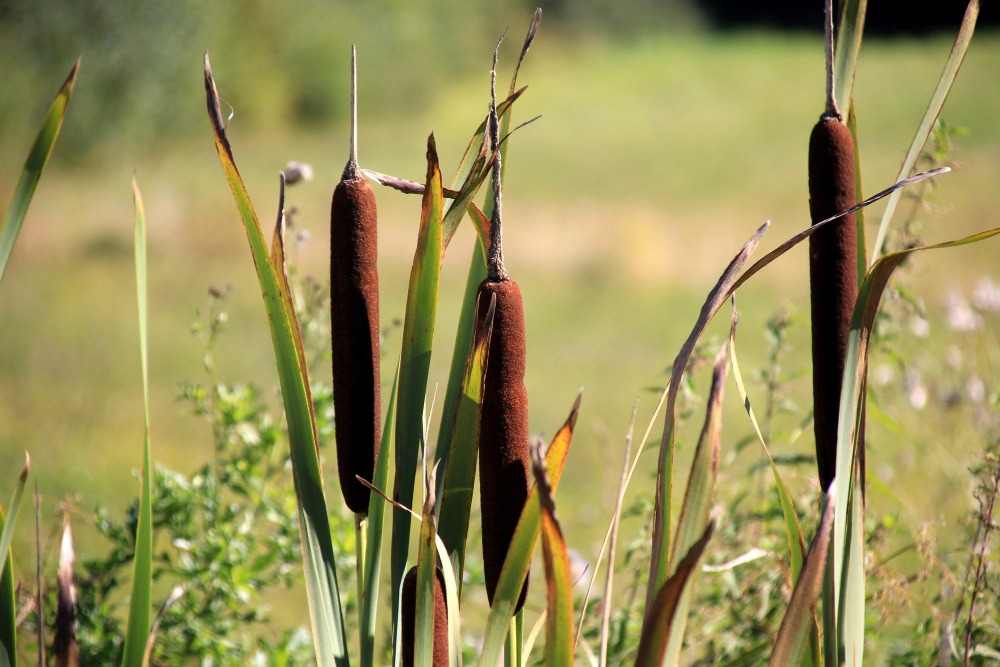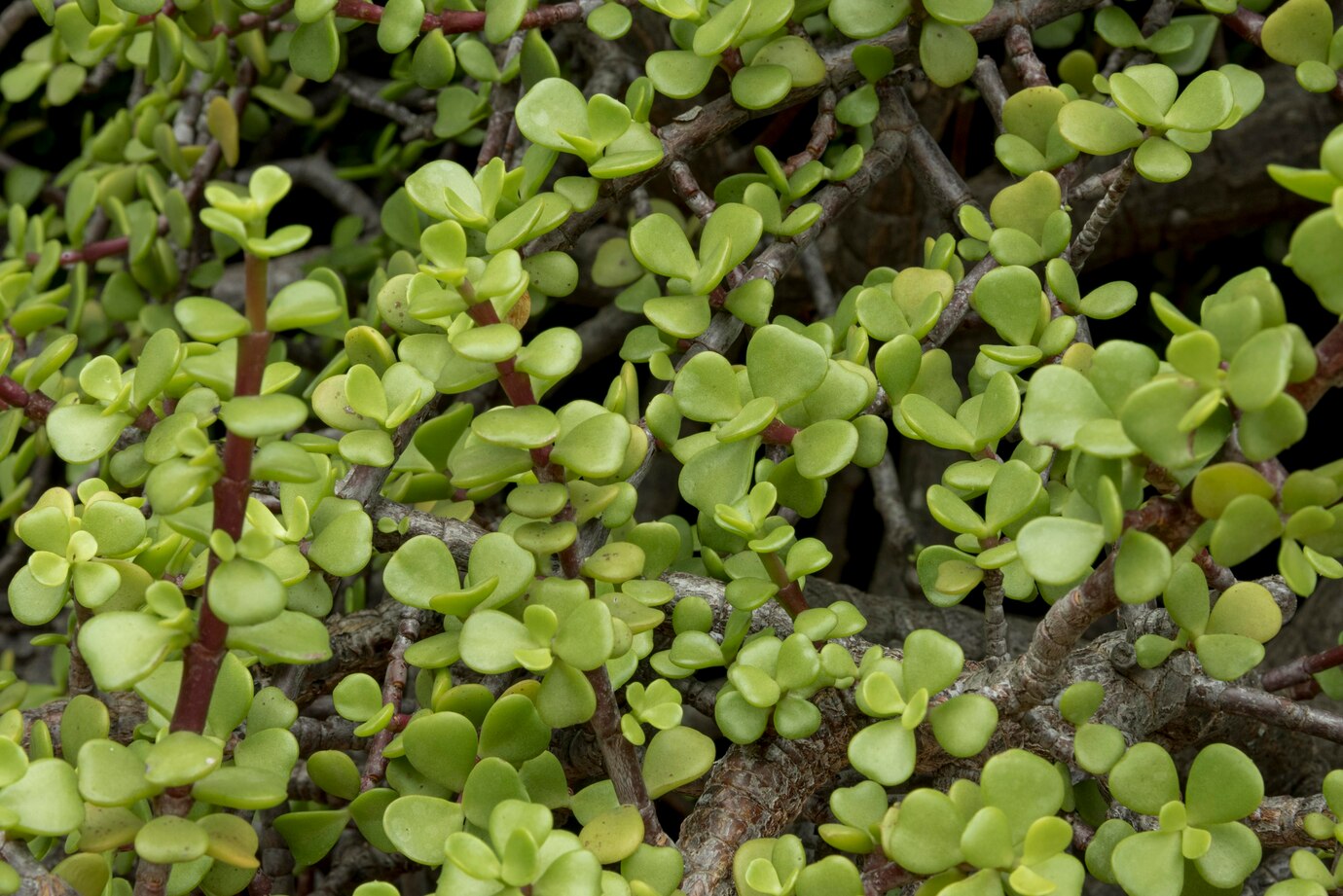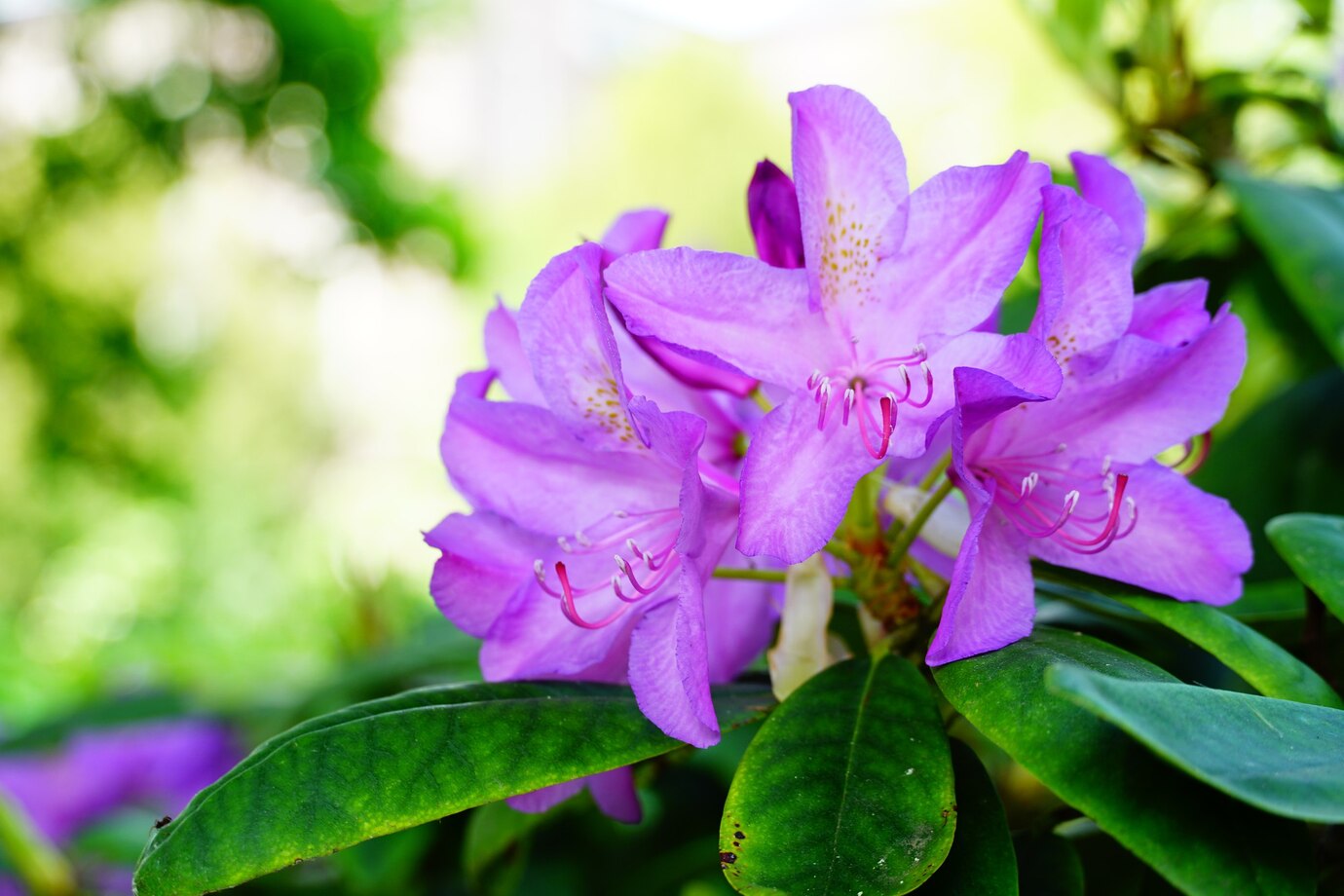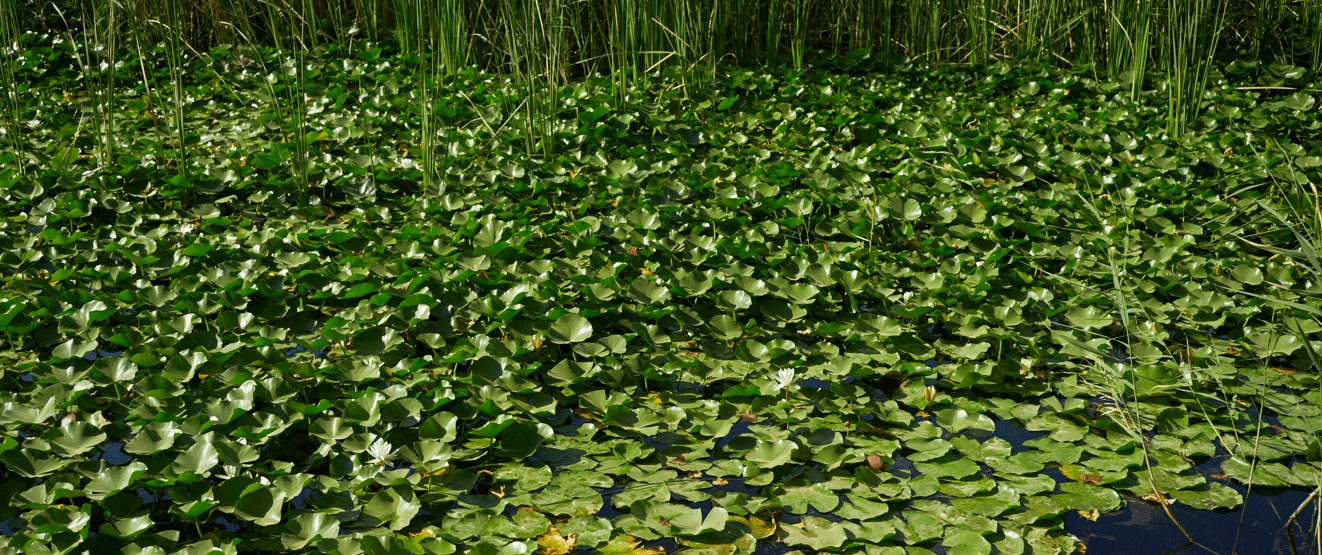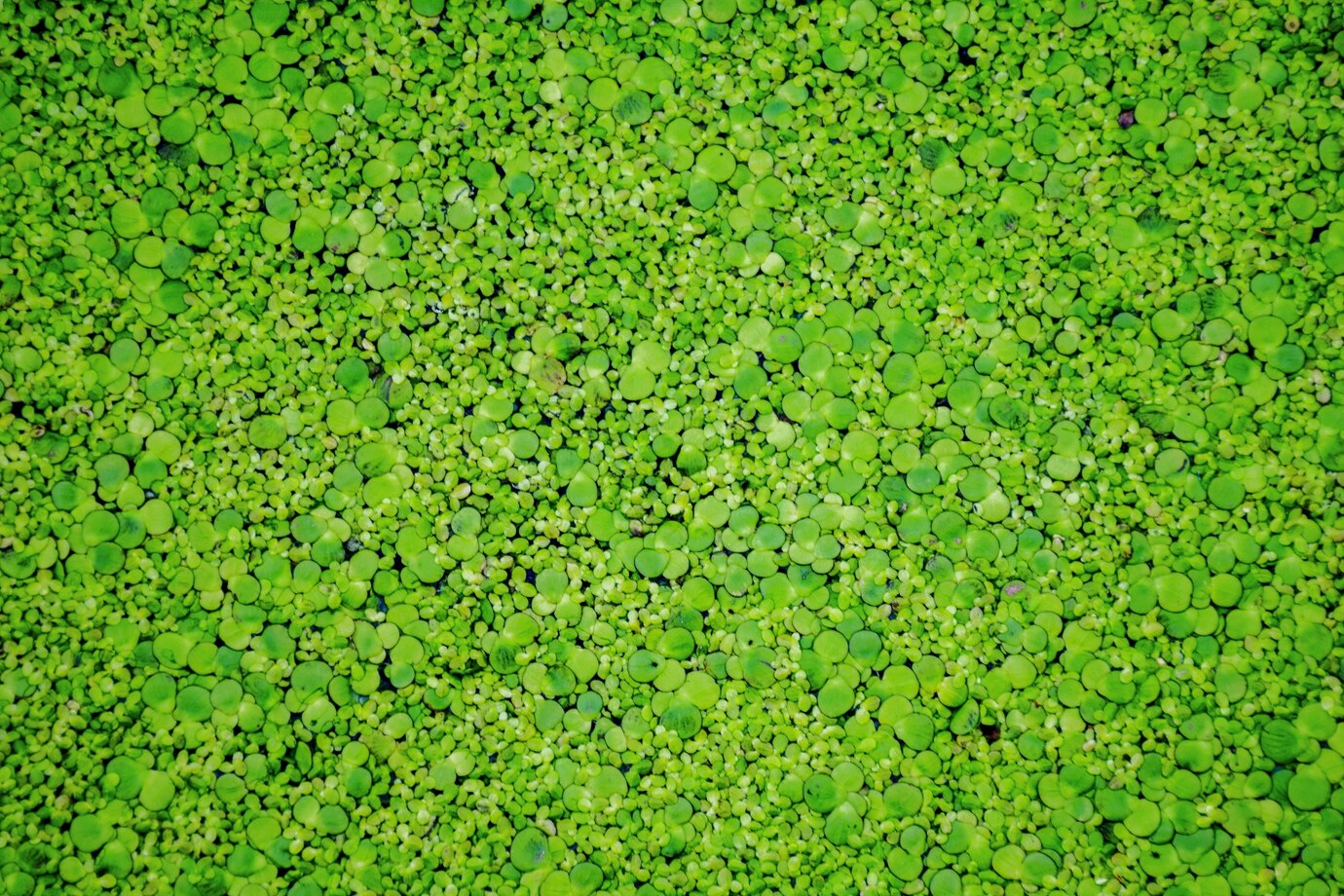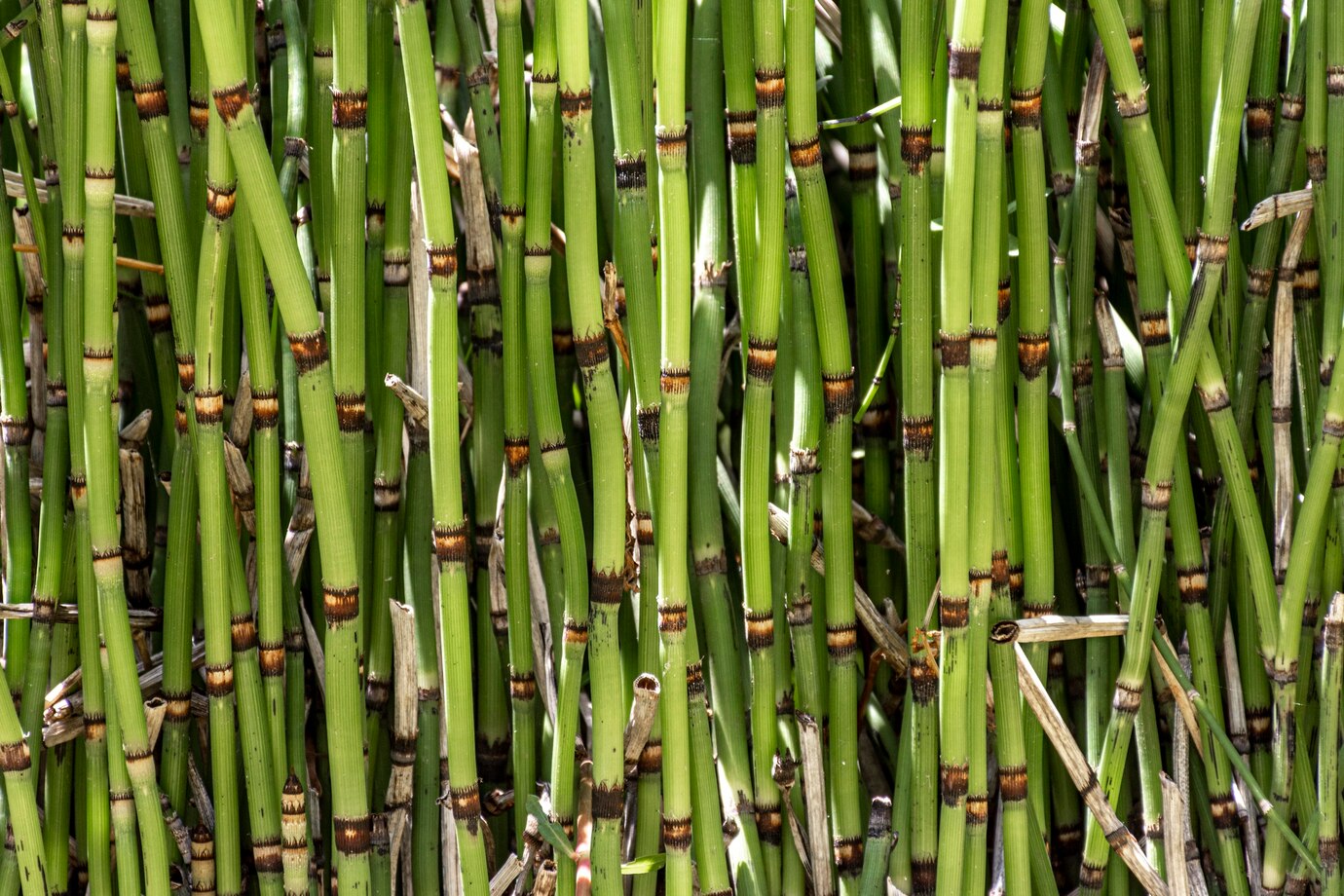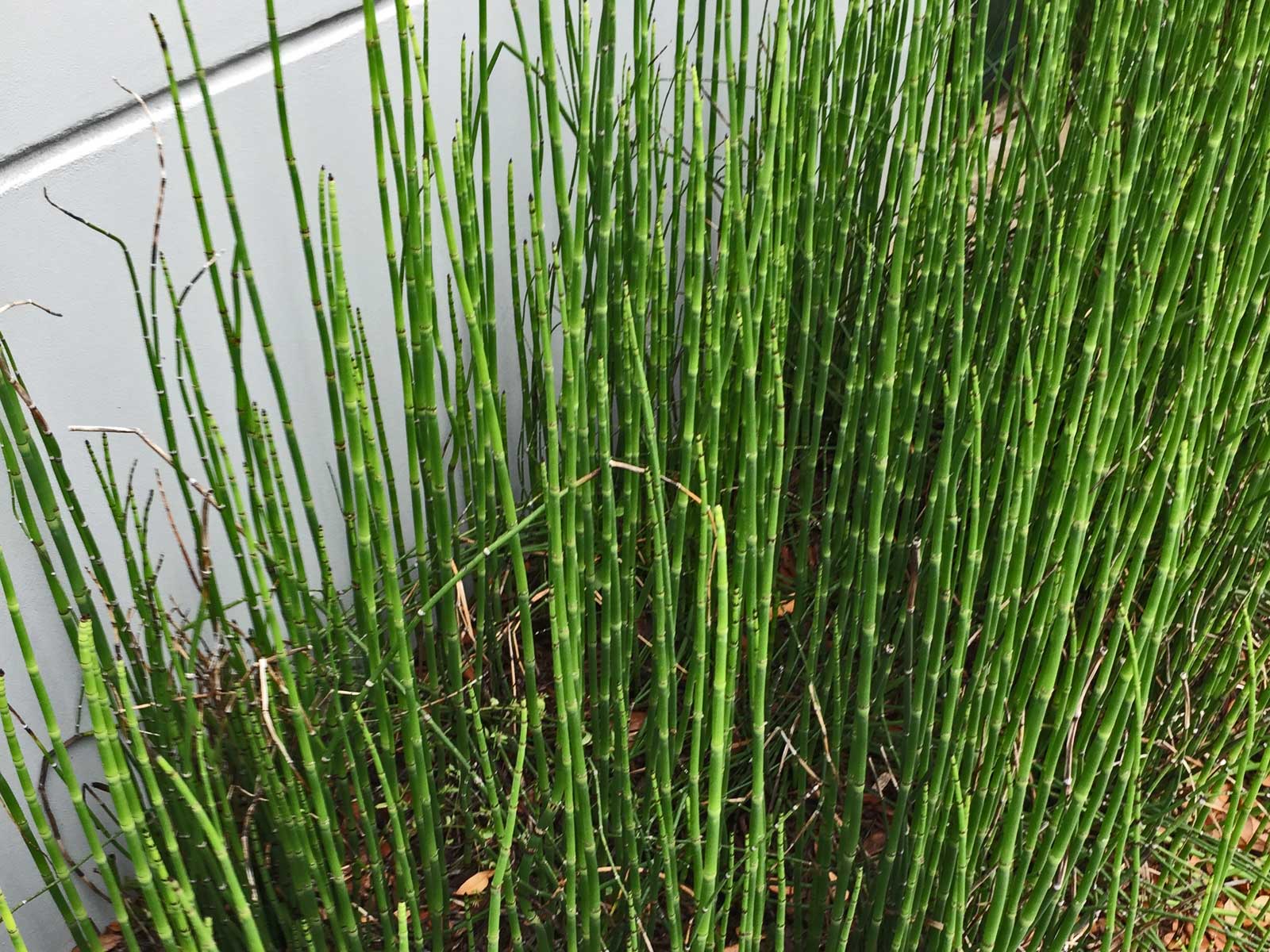Water adds life to any garden, and various aquatic plants can thrive in a pond, whether fully submerged, floating, or growing along the edges as marginals.
If you have a small pond in the garden, you can still grow aquatic plants. Beyond their beauty, they offer essential benefits like surface cover and shelter for wildlife. Some plants also help keep the water clear by maintaining a healthy balance.
Plant them in aquatic compost with a layer of grit for the best results. Choose species that suit your pond’s size and depth. Some water plants need just 2.5 cm above their crown, while others need 30 cm or more.
Table of Contents
ToggleWhy Add Plants to a Pond?
Pond plants are not just to enhance the beauty; in fact, they provide shelter for wildlife above and below the water and help creatures move in and out of the pond. Some species oxygenate the water, while others create shade to cool the surface.
Mix plants with contrasting foliage and various flowering times for a stunning and long-lasting display.
With so many pond plants available at nurseries, garden centers, and online, choosing the right ones can feel overwhelming. To make it easier, Here’s a roundup of popular pond plants you should add to your water garden
Types of Aquatic Plants
Aquatic plants fall into three main categories based on their interaction with water. Here’s a quick breakdown:
1. Emergent Plants Marginal
After maturity, these plants rise above the water. Their leaves and flowers emerge into the air, allowing for better photosynthesis.
Popular pond plants in this category are:
Cattails:
Cattails are a classic choice for pond plants that tolerate various water conditions. Their tall, green stalks and unique brown catkins add structure and texture to the landscape. They grow well in shallow water and help prevent erosion along pond edges. However, they are considered invasive, so Control Cattails to manage their growth.
Creeping Jenny:
Creeping Jenny is a versatile plant that grows in water. Its bright green leaves and cheerful yellow flowers add color to any pond. Growing Creeping Jenny is beneficial as it forms a lush green carpet along the edges to make an excellent ground cover. Beyond its beauty, Creeping Jenny attracts pollinators and helps stabilize the soil, reducing erosion and preventing sediment runoff into the water.
Pickerelweed:
Pickerelweed is a hardy perennial that adds color and texture to a pond. It produces tall spikes of small, clustered flowers in shades of white, blue, purple, and pink. Planting in groups creates a dense, vibrant display with lush, heart-shaped leaves. It’s a beginner-friendly plant that needs minimal care. Adding fertilization occasionally promotes healthy growth.
2. Submerged Plants
These aquatic beauties love staying beneath the water’s surface. They play a key role in keeping the water healthy by oxygenating the pond and providing shelter for fish and other wildlife.
Popular pond plants in this category are:
Hornwort:
Hornwort is a fully submerged plant that is key in maintaining a healthy pond. It oxygenates the water, absorbs excess nutrients to prevent algae blooms, and provides shelter for aquatic life. Its feathery, dark green foliage creates a natural refuge for fish fry and other tiny organisms. Unlike rooted plants, Hornwort floats freely, allowing it to move and adapt to different pond areas as needed.
Cabomba:
Cabomba features dark green, fan-shaped leaves that grow along continuously extending stems. In summer, it reaches the surface and blooms with tiny white flowers. With its fast growth, this plant efficiently absorbs excess nutrients and helps oxygenate the water. While it doesn’t require rooting, you should weigh it down to keep it from floating to the surface.
Ribbon Grass:
Ribbon grass grows in dense clusters, with wide, flat blades that can reach up to six feet long if they don’t break the surface. It grows when rooted in the pond’s substrate or submerged plant pots. It prefers full sun as well as partial shade. And it remains evergreen throughout the year.
3. Floating Plants
Floating pond plants fall into two main types: root in the substrate with only their leaves and flowers floating on the surface and drift freely over the water without anchoring to the bottom.
Popular pond plants in this category are:
Water Hyacinth:
You should grow water hyacinth because it’s a literal water beauty! Water hyacinths have waxy green leaves and striking light purple flowers that bloom on tall spikes. They are fast-growing and highly efficient at absorbing excess nutrients to improve water quality while adding a touch of elegance to the pond.
Water Lily:
Water lilies are a timeless pond favorite. They have vibrant blooms and broad, floating leaves, making them a true water beauty. They are available in white, pink, red, and yellow shades. They bring a splash of color while shading the water, helping to control algae. Their leafy canopy keeps the pond cooler in summer, creating a healthier environment for aquatic life. Beyond their beauty, water lilies offer shelter for fish and other creatures to protect them from predators and add to the pond’s ecosystem.
Water Lettuce:
Water lettuce has floating rosettes of light green, velvety leaves that add a soft texture to the pond’s surface. It naturally filters the water, provides shade to reduce algae growth, and creates a habitat for small aquatic creatures. It is highly efficient at absorbing excess nutrients to maintain a balanced pond ecosystem. Its long, trailing roots offer excellent hiding spots for fish and invertebrates.
Duckweed:
Duckweed is a tiny, fast-growing floating plant that shades the water and helps control algae. It’s an excellent natural biofilter that absorbs excess nutrients and improves water quality. It also serves as a food source for fish and other aquatic creatures. Its rapid spread can quickly cover large areas, offering additional shade and protection for pond life. However, like water hyacinth, you should also control duckweed growth to prevent it from taking over the pond.

